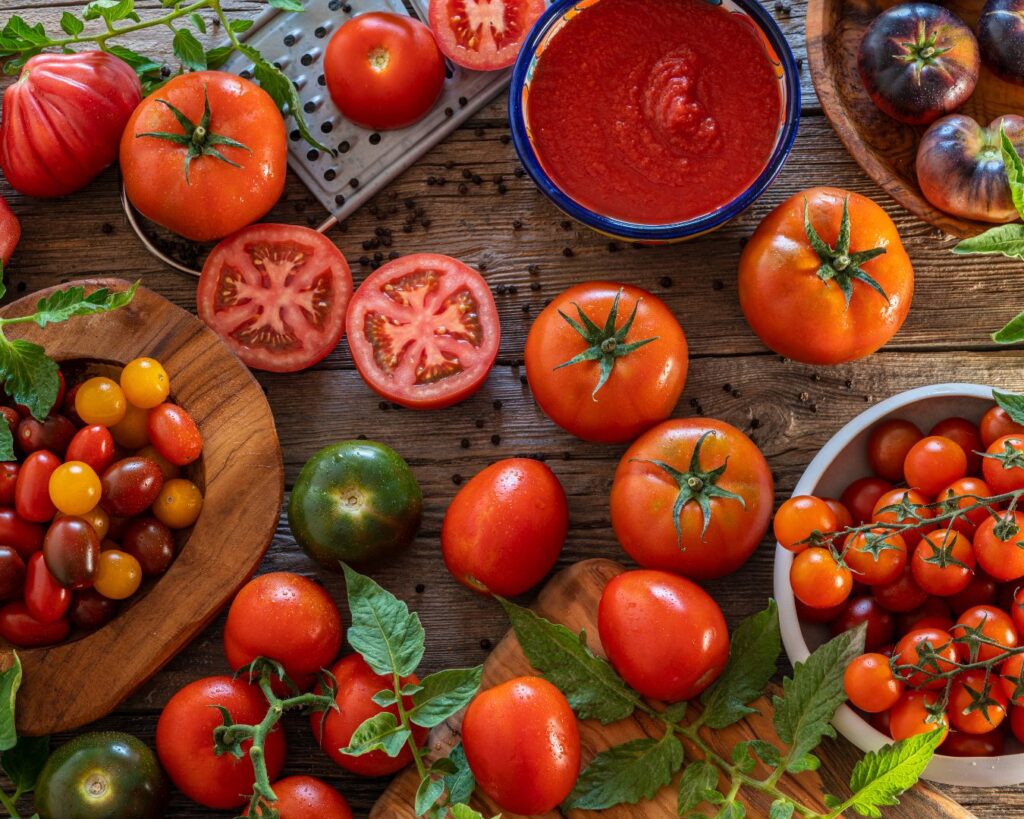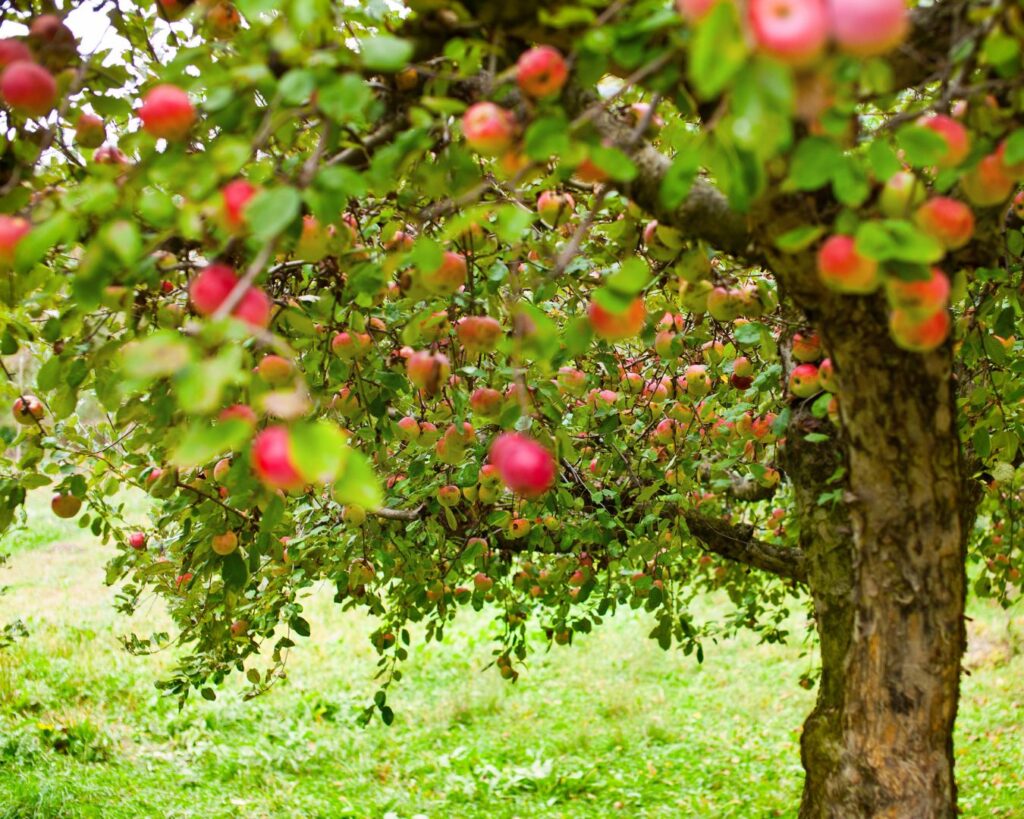Seasonal Fruits and Vegetables and Their Availability: A Year-Round Guide
Eating seasonally is one of the best ways to enjoy fresh, flavorful produce while also supporting local farmers and reducing your environmental impact. Seasonal fruits and vegetables are not only at their peak in taste and nutrition but are also often more affordable. Understanding what’s in season throughout the year can help you make the most of what nature has to offer. Here’s a comprehensive guide to seasonal fruits and vegetables and their availability by season.
Spring
Fruits:
- Strawberries: Early spring brings the start of strawberry season, offering juicy, sweet berries perfect for desserts and salads.
- Rhubarb: Often paired with strawberries, rhubarb’s tart flavor is great in pies and compotes.
- Cherries: Late spring sees the beginning of cherry season, ideal for snacking or adding to baked goods.
Vegetables:
- Asparagus: Tender and full of flavor, asparagus is a springtime favorite that pairs well with a variety of dishes.
- Spinach: Fresh spinach is at its best in spring, providing a nutrient-rich addition to salads and smoothies.
- Radishes: Crisp and peppery, radishes add a delightful crunch to salads and sandwiches.
- Peas: Sweet green peas come into season, offering a fresh, sweet flavor that’s perfect for spring dishes.

Summer
Fruits:
- Tomatoes: While technically a fruit, summer is when tomatoes are at their juiciest and most flavorful, ideal for sauces, salads, and sandwiches.
- Peaches: Sweet and fragrant, peaches are perfect for eating fresh or using in desserts like cobblers and pies.
- Melons: Watermelons, cantaloupes, and honeydews are in season, providing refreshing hydration and sweetness.
- Berries: Blueberries, raspberries, and blackberries are at their peak, great for snacking or adding to yogurt and baked goods.
Vegetables:
- Zucchini: Versatile and mild, zucchini is a summer staple that can be used in a variety of dishes from stir-fries to baked goods.
- Corn: Fresh corn on the cob is a summer favorite, delicious grilled or boiled.
- Bell Peppers: Vibrant and crunchy, bell peppers add color and flavor to salads, stir-fries, and more.
- Cucumbers: Refreshing and hydrating, cucumbers are perfect for summer salads and pickling.

Fall
Fruits:
- Apples: Autumn is apple season, with a wide variety of flavors and textures perfect for eating fresh or baking into pies and crisps.
- Pears: Juicy and sweet, pears are great for snacking or adding to salads and desserts.
- Grapes: Sweet and juicy, grapes are a delicious fall fruit that can be enjoyed fresh or used in jams and jellies.
- Pomegranates: With their vibrant seeds, pomegranates add a burst of flavor and color to fall dishes and salads.
Vegetables:
- Pumpkins: Essential for fall cooking, pumpkins are great for pies, soups, and roasting.
- Sweet Potatoes: Sweet and nutritious, sweet potatoes are perfect for roasting, mashing, or adding to casseroles.
- Brussels Sprouts: These mini cabbages are best in fall, providing a robust flavor for roasting or sautéing.
- Butternut Squash: Creamy and sweet, butternut squash is ideal for soups, risottos, and roasting.
Winter
Fruits:
- Citrus Fruits: Oranges, grapefruits, lemons, and limes are in season, offering a burst of vitamin C and brightening up winter dishes.
- Kiwi: Tangy and sweet, kiwi adds a refreshing twist to winter fruit salads and desserts.
- Pomegranates: Still in season from fall, pomegranates continue to provide flavor and nutrition through winter.
Vegetables:
- Root Vegetables: Carrots, parsnips, and turnips are at their best in winter, providing hearty, flavorful additions to soups and stews.
- Kale: Hardy and nutrient-dense, kale thrives in cooler weather and is great for salads and smoothies.
- Cabbage: Versatile and filling, cabbage is ideal for winter soups, stews, and slaws.
- Brussels Sprouts: Continuing their season, Brussels sprouts are perfect for winter roasting or sautéing.
Eating with the seasons allows you to enjoy produce at its freshest, most flavorful, and often most affordable. By incorporating seasonal fruits and vegetables into your diet, you not only support local agriculture but also ensure that you’re getting the best that each season has to offer. Keep this guide handy to make the most of every season’s bounty and enjoy a varied and nutritious diet year-round.

